Instacountry: Izborsk, home to valiant warriors and fluffy kittens
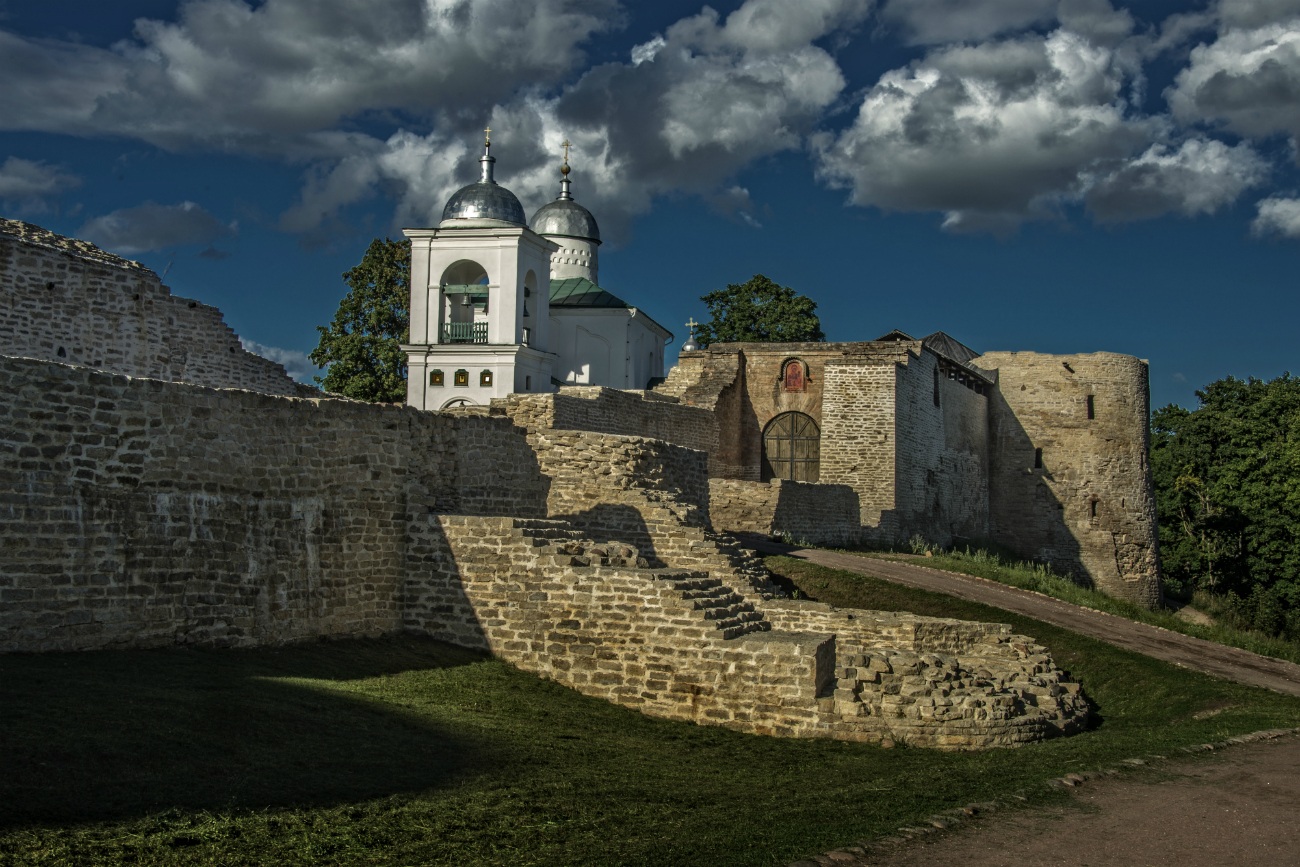
This scenic place was formerly a first-line frontier defense city.
Atsirlin via Wikimedia CommonsThis time we are visiting Izborsk (or Old Izborsk, as the locals call it), 455 miles north-west of Moscow, just near the Russian-Estonian border: it was once a bustling city on the very first line of the North-West frontier defense repeatedly besieged by the Livonian Order and other daring invaders, never succeeding in direct combat.
Now it is a village, not a city, and you can hardly imagine a more peaceful or picturesque place.
Surroundings
 Photo: @lottusik via Instagram
Photo: @lottusik via Instagram
The heart of the ancient city was Izborsk Fortress, now the village’s main tourist attraction. This strong fortification dates from the 14th century, built near the site of an earlier one. Even now, the six still-standing towers are evidence of the fortress’s defensive power.
 Photo: @soldatova_anna via Instagram
Photo: @soldatova_anna via Instagram
This is how the village looked just a century ago. Now the carefully restored houses mark the beginning of the tourist area of Izborsk. Look at the pavement: it’s the real ancient one, also restored.
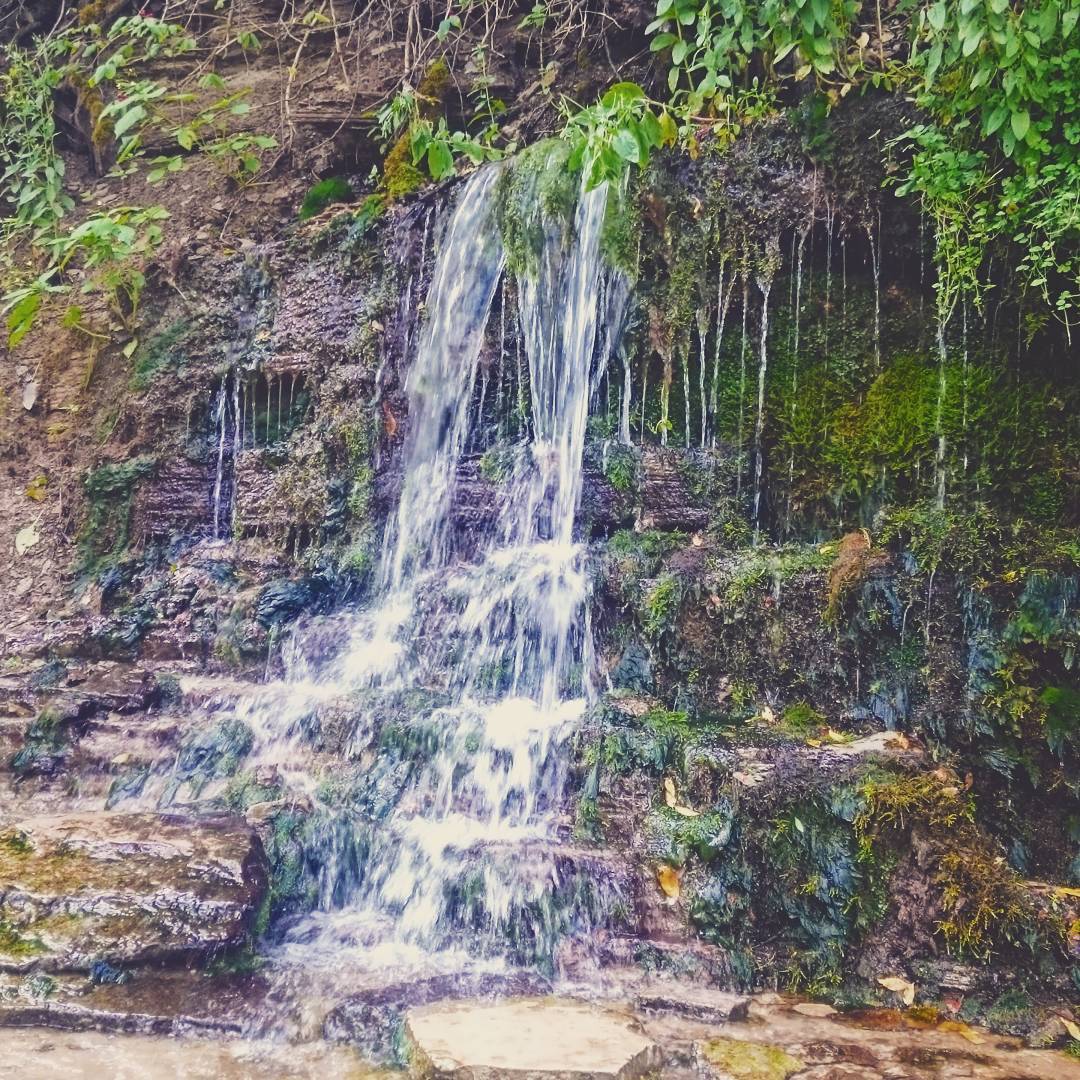 Photo: @andre_zlatocvet via Instagram
Photo: @andre_zlatocvet via Instagram
This exquisite natural beauty is called Slovenskiye Springs, more than a thousand years old. Just think, the clear water sprays are more ancient than the time-worn stone walls! Since ancient times, the springs have had sacral significance, being first a pagan site and then bearing the second name of The Springs of the Twelve Apostles.
 Photo: @fuls_photo via Instagram
Photo: @fuls_photo via Instagram
The Slovenskiye Springs make their way to Lake Gorodishchenskoye, a habitat for ducks and graceful swans. An ancient legend has it that these swans have never left the lake, and as long as they remain there Izborsk will never fall. Since both the swans and the village (and even the fortress) are present, the legend is definitely true!
 Photo: @poisson_d_avril via Instagram
Photo: @poisson_d_avril via Instagram
This tiny chapel was founded not far from Izborsk in the name of the Derzhavnaya Icon of the Mother of God. Although it seems as ancient as any Izborsk church, it dates from 2012. The Poklonnyi (Worshipful Submission) Cross nearby commemorates all the victories of the Russian military and all the fallen Russian warriors; its basement (called The Holy Hill of the Unity and Glory of Russia) consists of earth from all the places of Russian military glory.
 Photo: @kolpigina via Instagram
Photo: @kolpigina via Instagram
...And when military victories are won and the battles stop thundering, this is what the Izborsk vicinity looks like. Perfect beauty and tranquility. Time seems to stop flowing here, and calm pervades the soul.
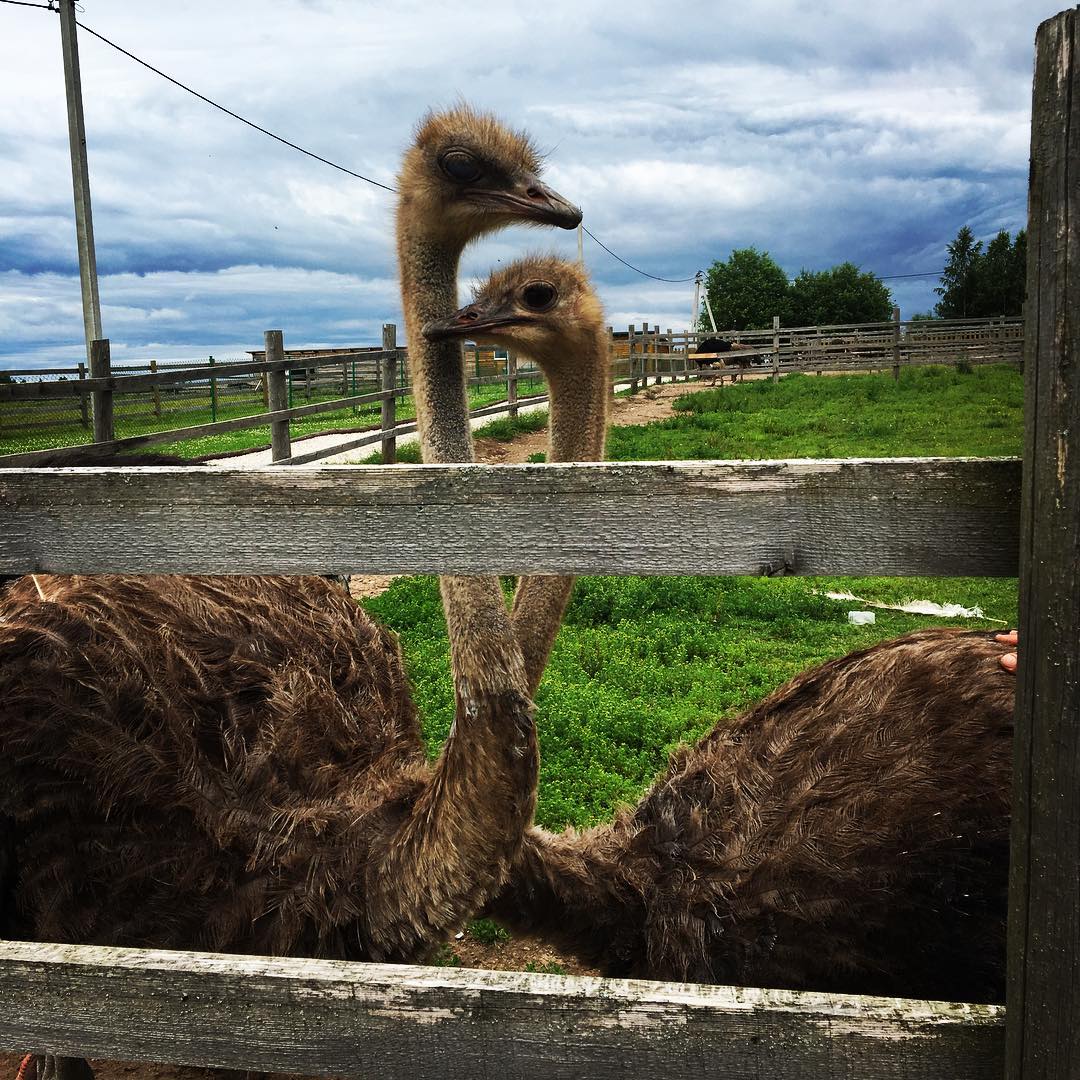 Photo: @margo_ivanovaaaa via Instagram
Photo: @margo_ivanovaaaa via Instagram
But did you ever imagine that this land is home to… ostriches? That’s right. Not only can you give them a stroke, but also try fried ostrich eggs! Well, probably one egg — because of its size.
People
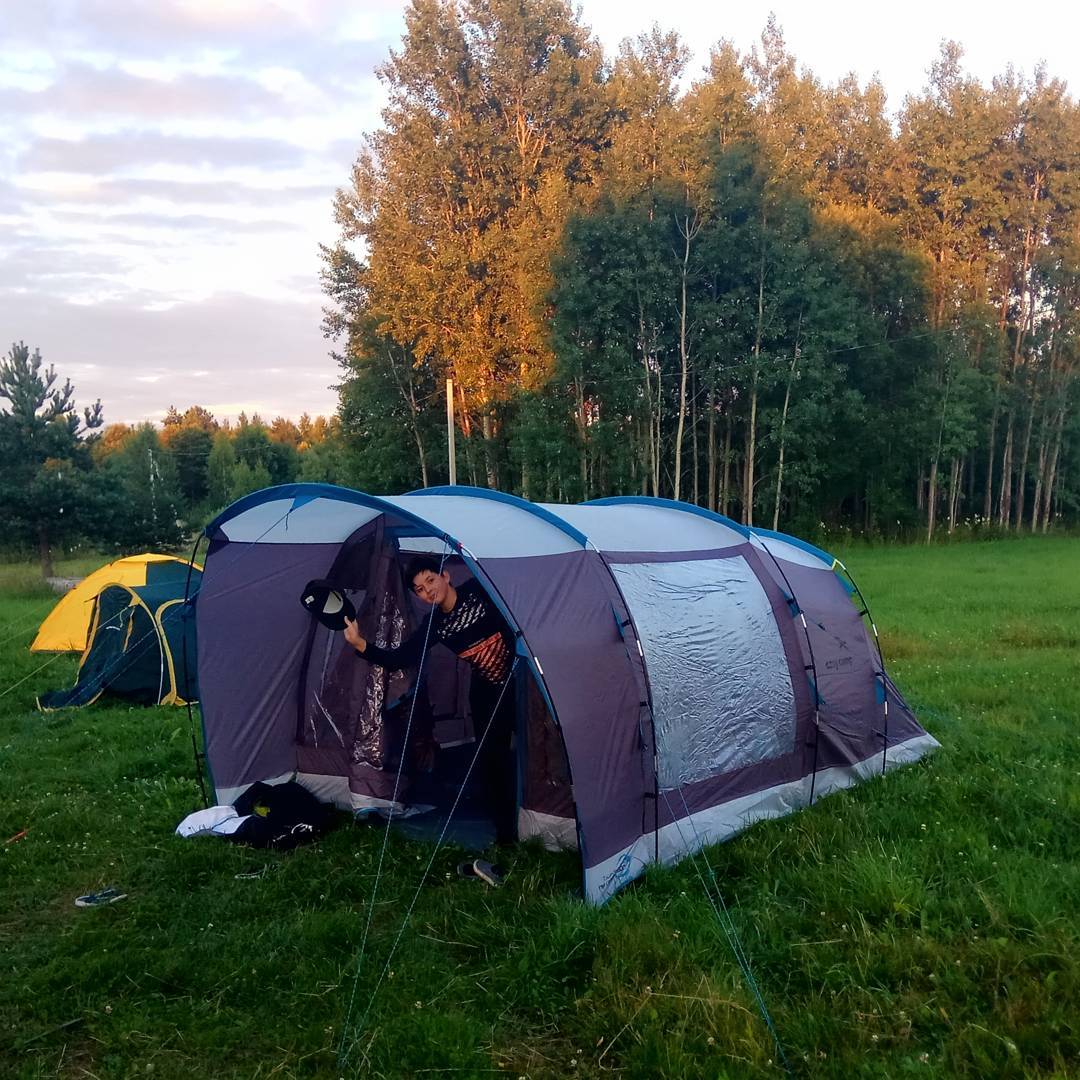 Photo: @tiapkinandrei via Instagram
Photo: @tiapkinandrei via Instagram
The cheapest way to spend your time in Izborsk: bring a tent! But mind the weather: the North-West region of Russia isn’t renowned for its mild climate.
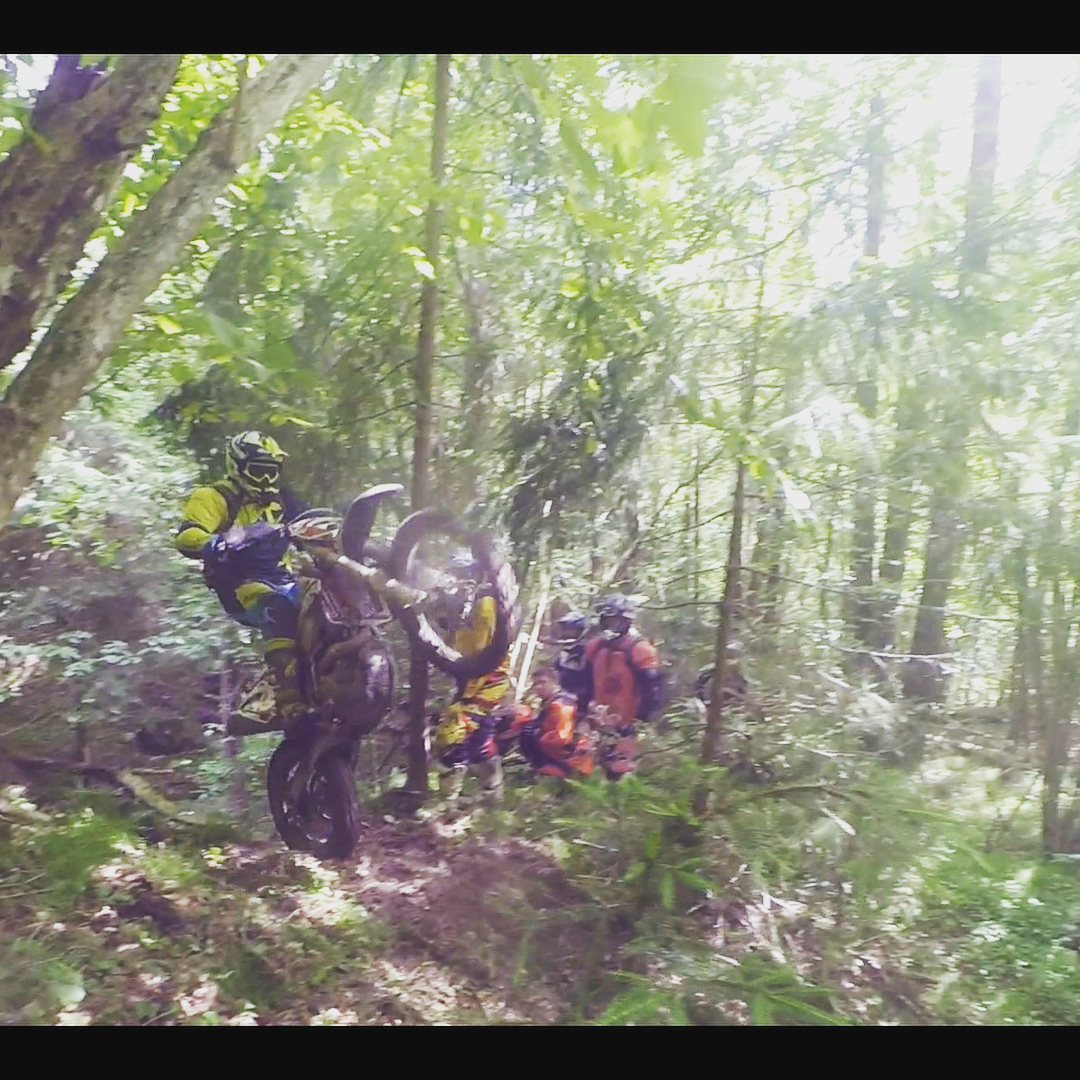 Photo: @nw_wind via Instagram
Photo: @nw_wind via Instagram
Although Izborsk and its surroundings are among the most peaceful places in the world, there’s still room for the adrenalin rush! The scenic nature contributes to that even more.
 Photo: @deinochka via Instagram
Photo: @deinochka via Instagram
This is how a typical ancient Izborian domestic goddess used to spend her time in days gone by: at the stove. Of course, it happened only when all the house duties were done and dusted, so to speak, i.e. pretty much never.
 Photo: @mr.lawey via Instagram
Photo: @mr.lawey via Instagram
Don’t be alarmed, these guys are our contemporaries. But what could be a better place to bring the past back to life than an ancient fortress? Btw, Izborsk hosts a few re-enactment festivals every year: a great chance to imagine ancient life, warts and all.
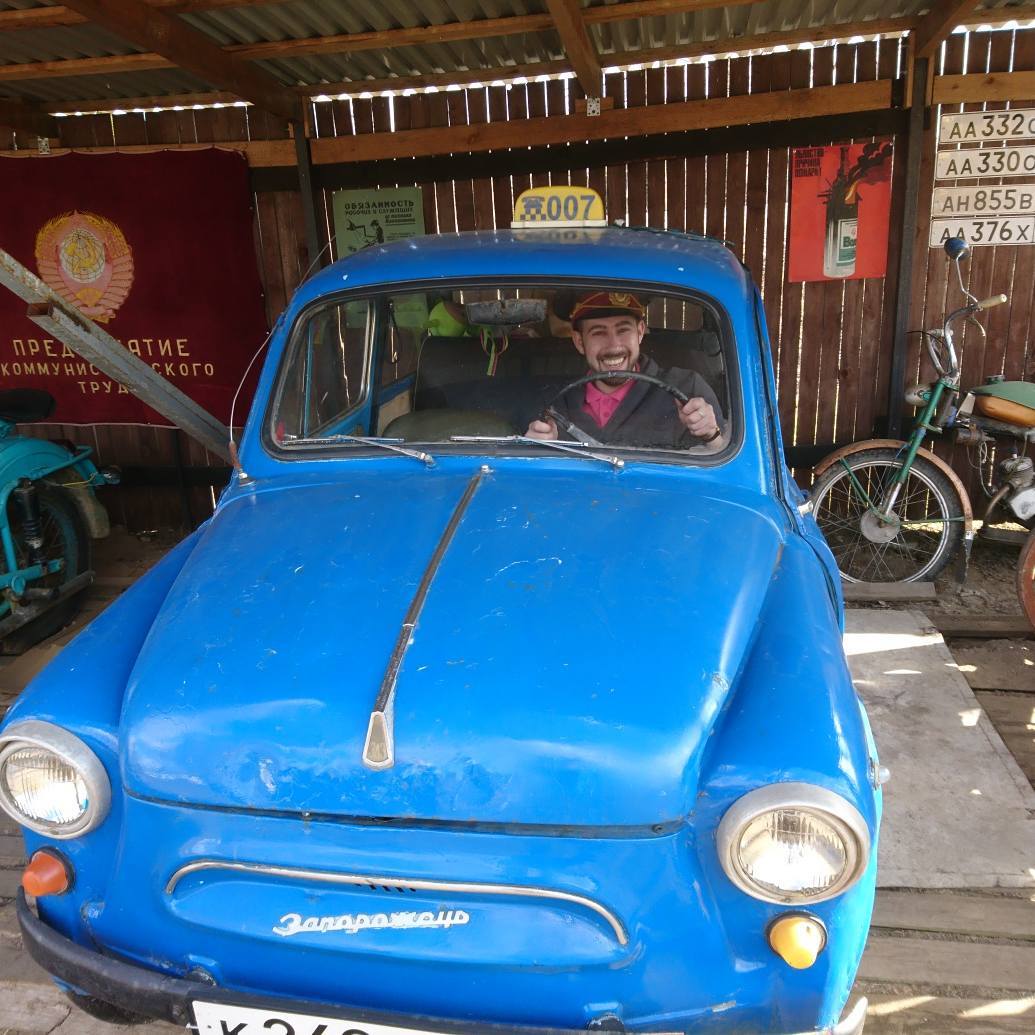 Photo: @ian.vasilev via Instagram
Photo: @ian.vasilev via Instagram
Need a lift? :) Frankly speaking, you won’t need one here in Izborsk: ancient cities, even the most powerful ones, are not really large by modern standards. Everything is easily reached on foot.
Closeups
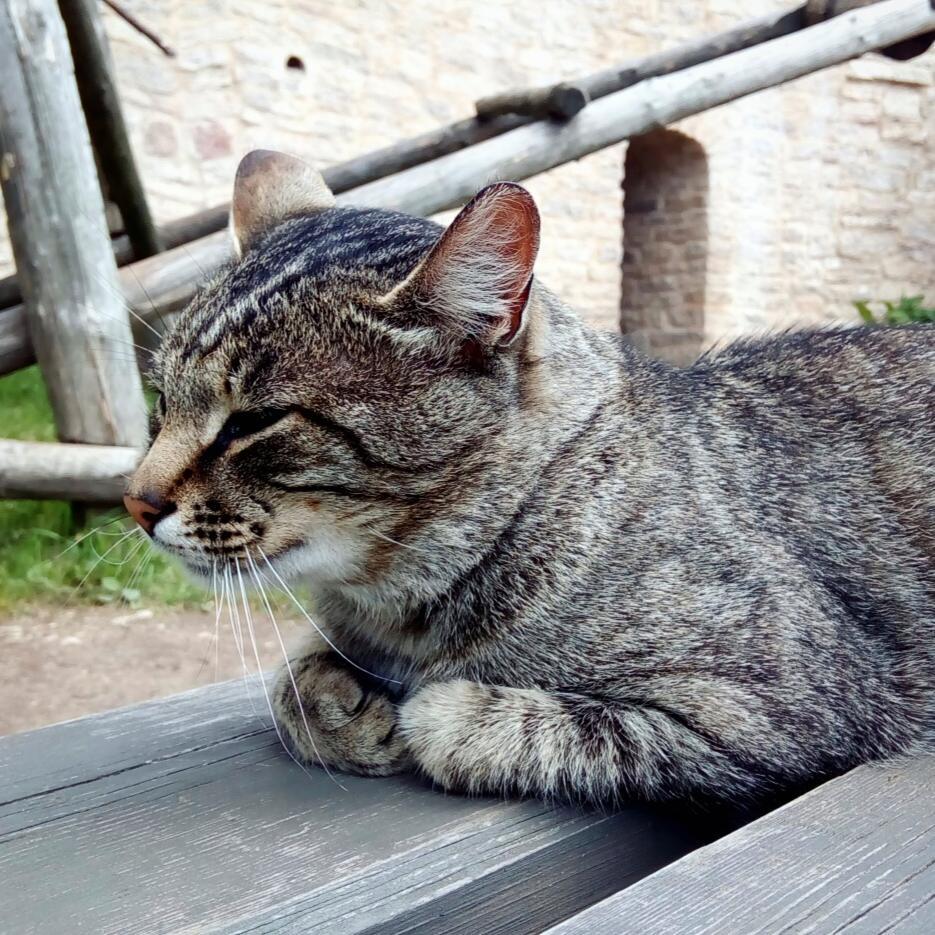 Photo: @skalka_ via Instagram
Photo: @skalka_ via Instagram
This is definitely the cutest and probably the most surprising side of Izborsk: it’s a cat-loving city! Cats can be seen everywhere (this one is nestled right in the fortress), plus they’re nice-looking and well-fed. And they have no fear of human beings, so please don’t exploit that.
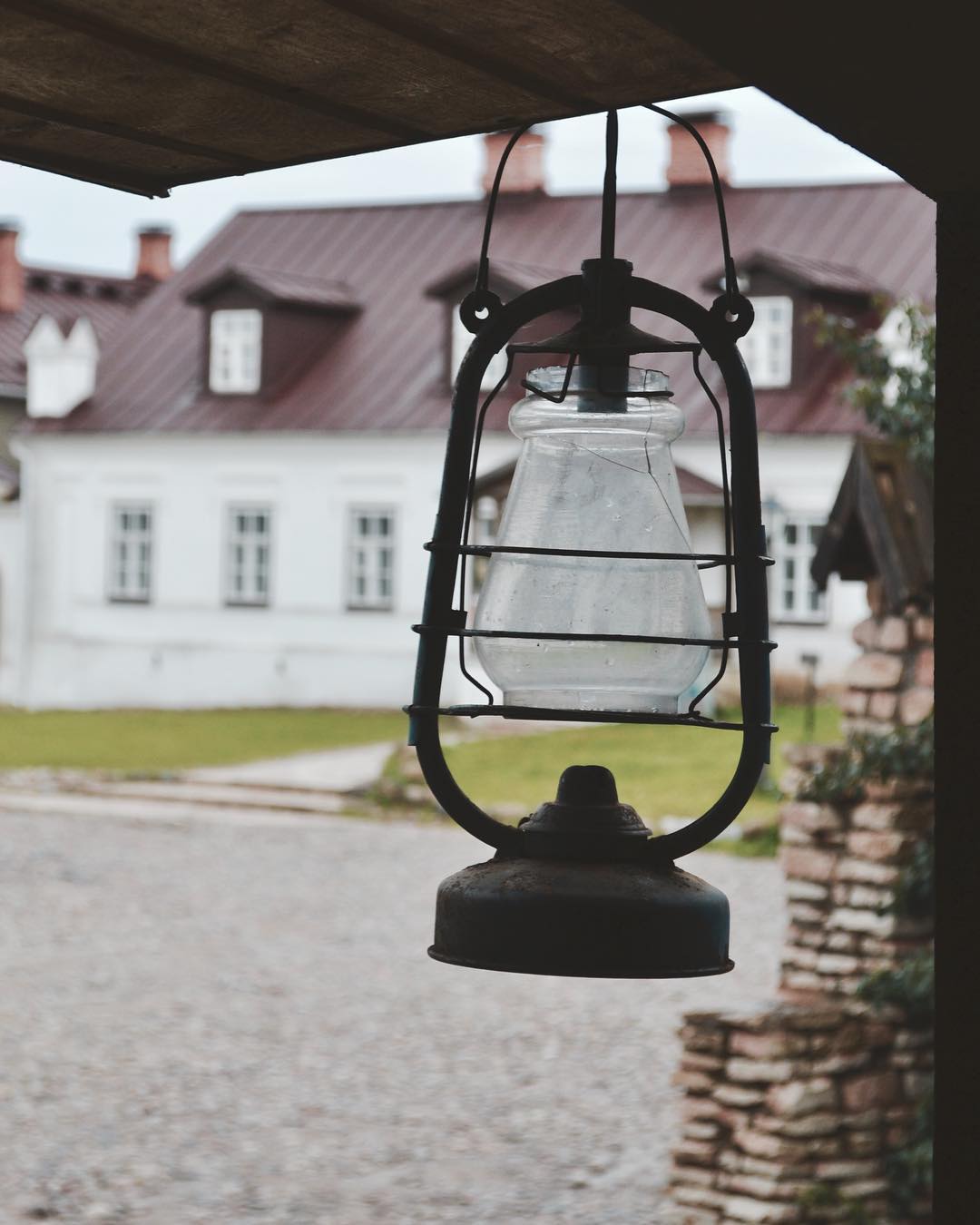 Photo: @kelmberg via Instagram
Photo: @kelmberg via Instagram
An ancient custom for an ancient city: these lanterns were in use decades ago, but seem to fit these houses perfectly.
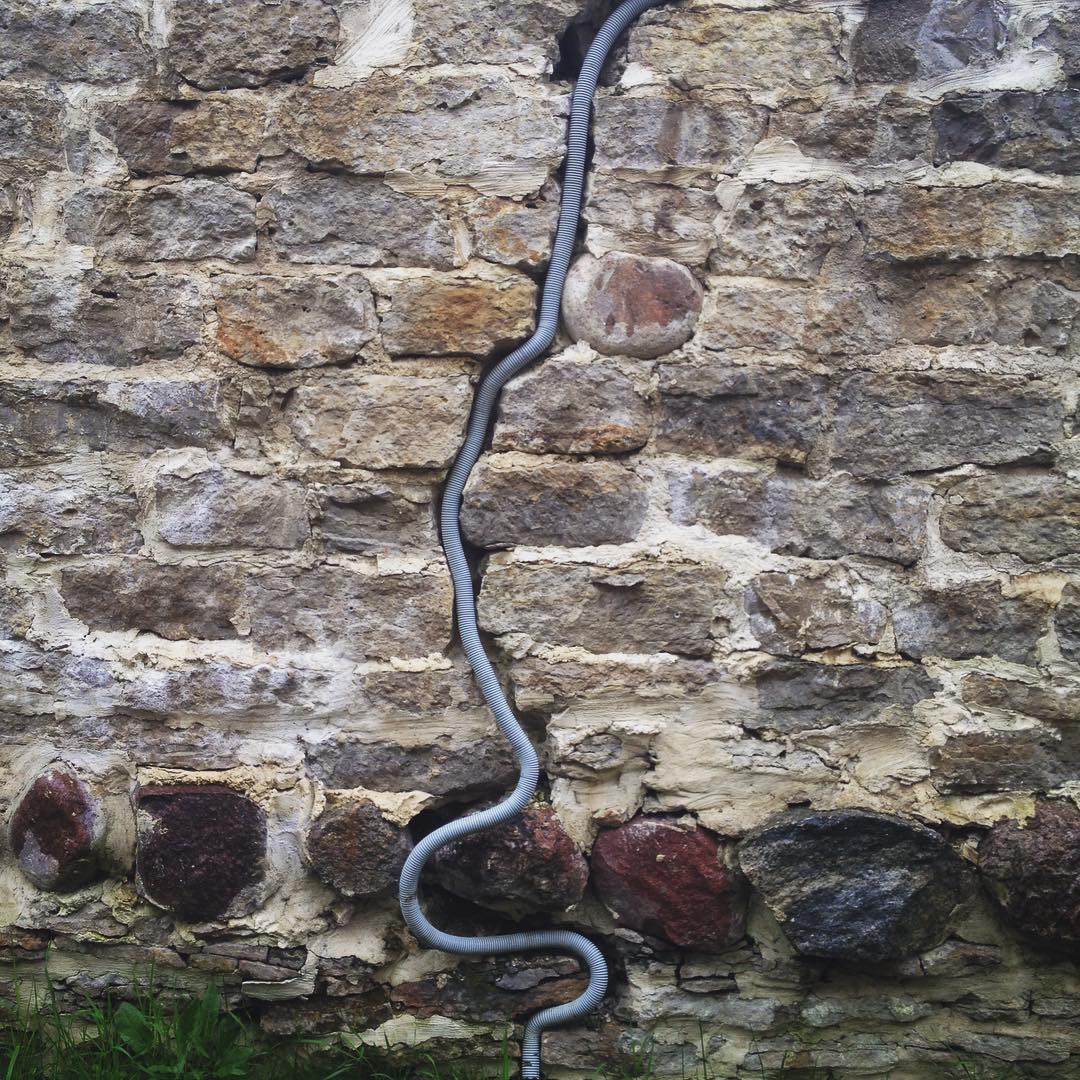 Photo: @molibobr via Instagram
Photo: @molibobr via Instagram
...The forward march of progress. Like it or not the technological revolution is seemingly unstoppable.
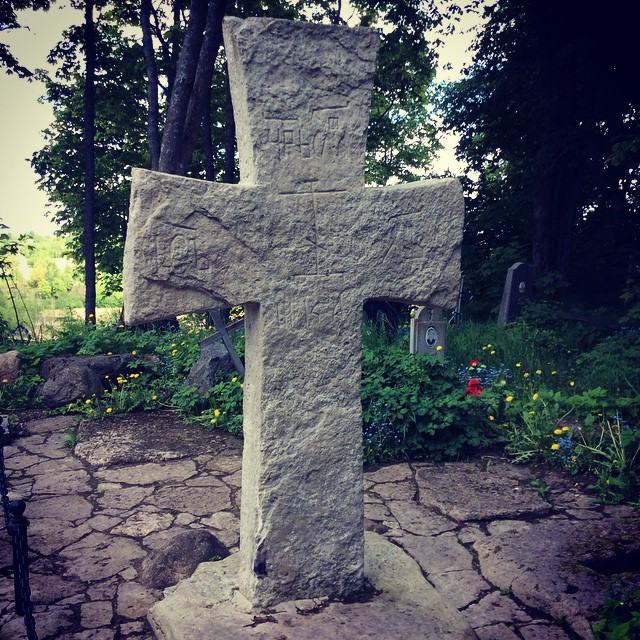 Photo: @rusulsk via Instagram
Photo: @rusulsk via Instagram
One more part of the legacy of the past: this cross is named after Truvor, a legendary Varangian (Viking), brother to Rurik, who made Truvor prince of Izborsk. True or not, Truvor is a popular character of many legends and tales told to tourists here, although this particular cross might have nothing to do with Truvor: it dates from the 14th-15th century, while the legendary prince died in 864, according to the annals.
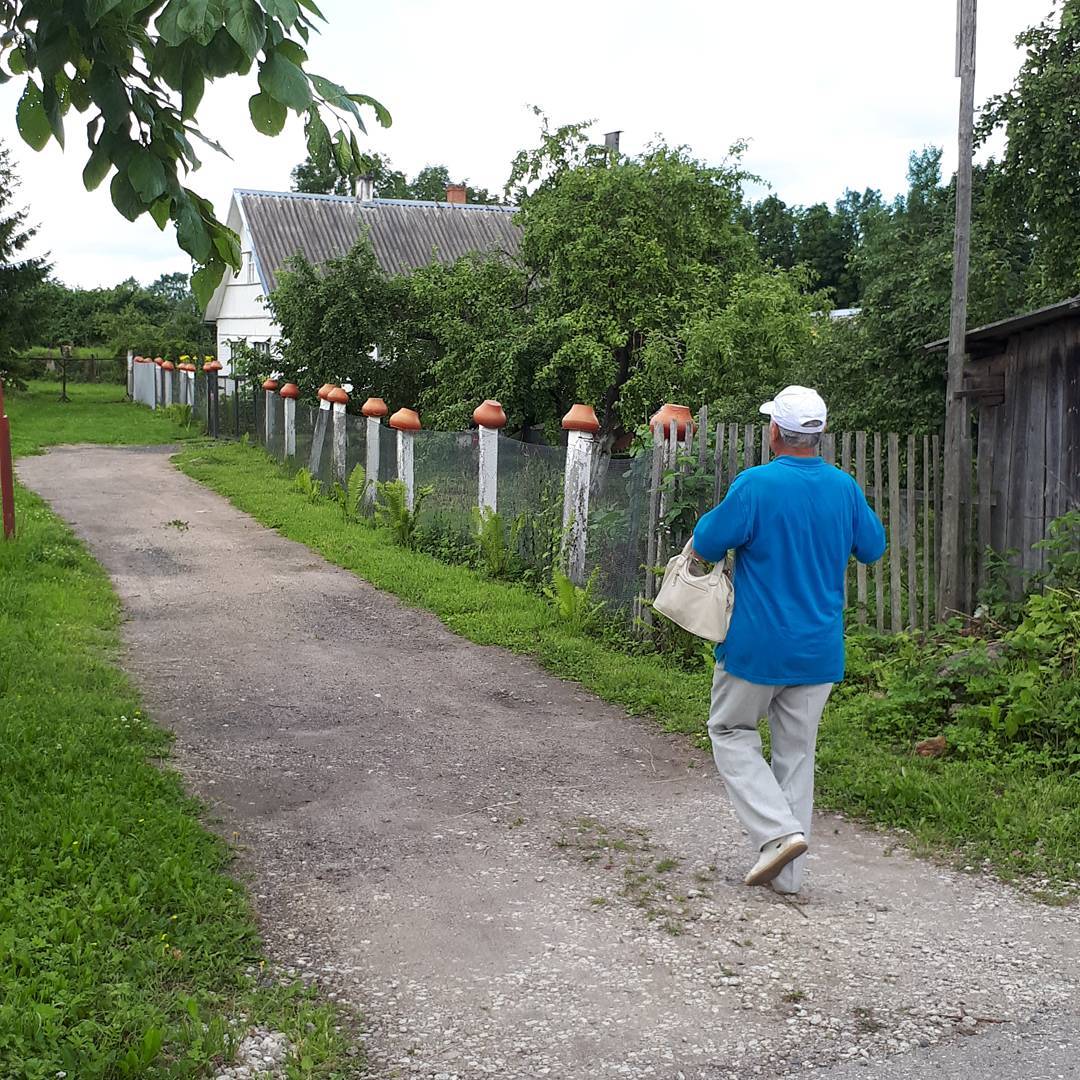 Photo: @irina.gvozdeva1 via Instagram
Photo: @irina.gvozdeva1 via Instagram
Nothing extraordinary, just clay pots decorating a palisade. Well, ok, it might be a good way to dry them, but they have ornamental value, too!
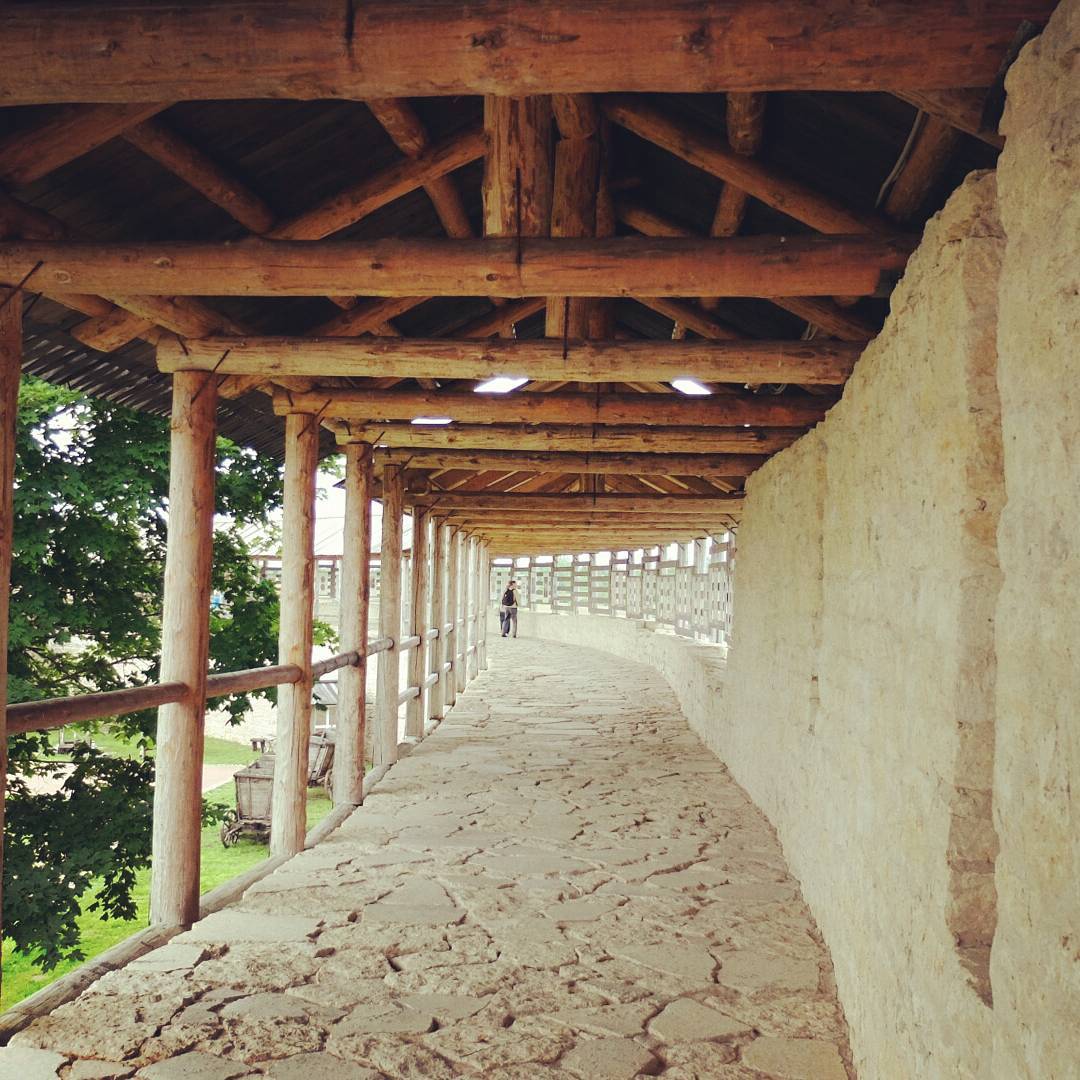 Photo: @kuzianl via Instagram
Photo: @kuzianl via Instagram
Look: the fortress walls are THAT thick! It’s easy to imagine what life was like here in times of war and peace.
But why don’t you reply to the invitation and see for yourself?
Read more:
Everyday life in Izborsk, one of Russian's oldest towns
How the Votes survive: A disappearing ethnic group in the Leningrad Region
A weekend in Veliky Novgorod: Feel the atmosphere of ancient Russia
Novgorod the Great: a journey to the gold-domed Rus
Walking in the footsteps of the ancient karelians
If using any of Russia Beyond's content, partly or in full, always provide an active hyperlink to the original material.
Subscribe
to our newsletter!
Get the week's best stories straight to your inbox